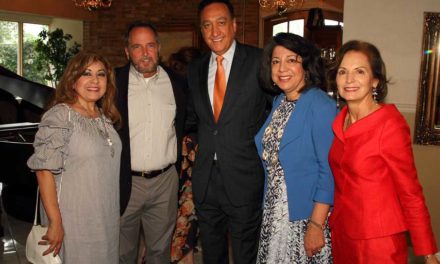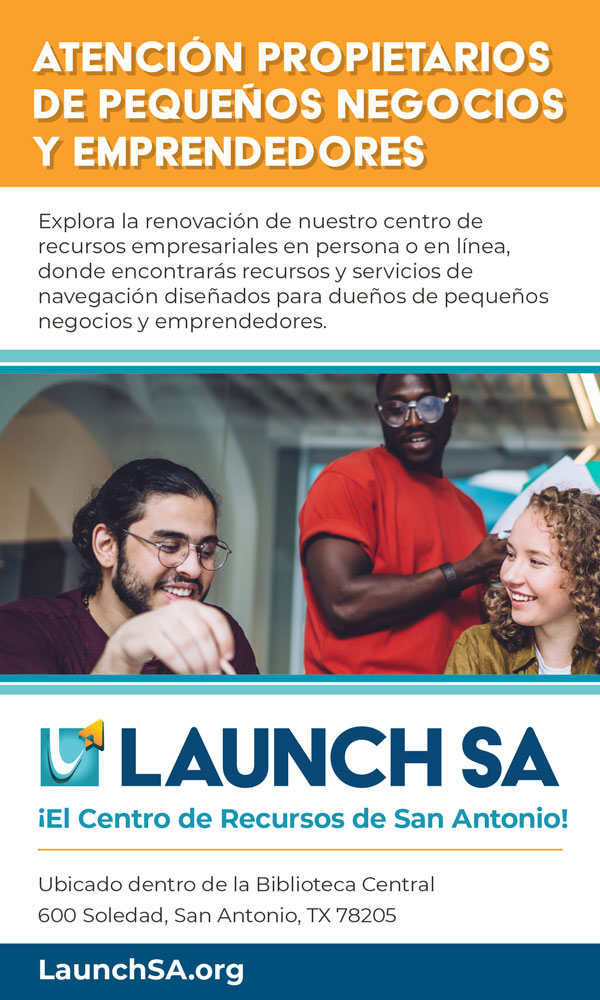Dean Evans, born in Bakersfield, California, is a 1970 graduate of East Bakersfield High School. He has a Bachelor of Science degree in Criminology from C.S.U., Fresno, a Master of Science degree in Counseling and Guidance from Texas A&M University, and completed several years of doctoral work in Educational Leadership. He is the recipient of the 2007 “Texas Teachers for Excellence Award.” Dean retired from teaching in 2012 after having taught every grade from 3rd to 12th—specializing in English, Algebra, and Theater Arts. He is a veteran of the United States Army. He has been married for 41 years to the former Janie Torres from Bakersfield. They have 5 children and 10 grandchildren. At the age of 66, Dean recently found his biological father, Tony Marquez, who lives in Bakersfield. Dean is currently writing about this unexpected turn for an upcoming book.
The refrain teachers have begun to hear more frequently from colleagues in recent years, and certainly with greater intensity, has been that the students are unmotivated, irresponsible, undisciplined, detached, and disrespectful. Many teachers feel they are doing all they can to address the problem and seem content to view the problem through a deficit lens. The problem rests, severally and collectively, in the laps of the children, their parents, their culture, our society, T.V., lawlessness, listlessness, Godlessness, and an educational system that often stymies creativity and celebrates mediocrity.
Still, there are those teachers who seem to see promise in all their students, who refrain from teachers’ lounge bashings, remain optimistic in the face of daunting conditions, and seem able to ignite in their students a desire to learn. These are turnaround teachers—teachers who are, first and foremost, caring individuals who develop relationships with their students. It might be argued that the most frequently encountered positive role models for children, outside their circle of family members, is a favorite teacher. For many, a special teacher is not just an instructor for academic skills, but also a confident and positive role model for personal identification. Having a person acknowledge us, see us for who we are, as their equal in value and importance figures high in turnaround relationships.
I met my first turnaround teacher while in the 4th grade at Virginia Avenue Elementary in the Fairfax School District in Bakersfield, California. His name was Mr. Brown. One day, as he walked from the back of the classroom, he gently squeezed and patted my shoulder. A simple, perhaps benign, gesture. I’ve often wondered if this kind teacher sensed in me a profound need to have someone care. He could not have known that at that precise moment I was reeling emotionally from the latest in a long series of terrible weekends–weekends punctuated by the beatings and verbal abuse of my entire family at the hands of a binge-drinking step-father. For me, in that precise moment, the skies opened and the Angels smiled in the wake of this “small” kindness. Mr. Brown became my hero that day. Yet what had he done to be deserving of such adoration? Simple. He was the purveyor of hope. He cared. For the first time in my life, I dared to dream.
I read voraciously because Mr. Brown read voraciously. It began the day he asked, during recess, why I was reluctant to read and what did interest me. I told him I didn’t like reading—but that I was a big fan of the old Yankees baseball teams. He walked me to the school library and helped me check out a biography of Lou Gehrig by Frank Graham in 1942. I loved the book—which led to similar books and eventually a life-long love of books from a wide range of genres! Years later I found the same book, published in the fifties, in a stack of discarded books from the library at the high school where I taught in San Antonio, Texas. It was a poignant reminder of the joy that may be gleaned and the seeds sown in the smallest gesture of kindness. That year Mr. Brown played sports with us, dazzled us with his knowledge, and taught us Spanish (a practice probably frowned upon based on what I remember about ethnic sensibilities in the San Joaquin Valley in the early sixties). It was in Mr. Brown’s room that I became a true life-long learner and lover of literature. With his encouragement, I began playing the saxophone, a skill that has served me well in the 57 years since! My newfound confidence led to many successes in school academics and leadership despite continued challenges at home. My nine-year-old musings even included an oft-embellished scenario in which Mr. Brown would come to my house, beat up my cruel alcoholic step-father, and marry my mom!
Years later, I decided to visit my hometown and to thank Mr. Brown. I wanted him to know that I had modeled my teaching after his—and that, in a quite literal sense, he had saved my life. During the two-hour drive from Fresno to Bakersfield, California, my mind was flooded with memories of a simpler time. There were Tinker Toys, the Twist, Howdy Doody, Looney Toons, Superman, Zorro, and the Mickey Mouse Club. Levi jeans were not really seasoned until they were so dirty that they stood in the corner of the room waiting for our return. P.F. Flyers really did make us run faster and jump higher and we were reminded daily that “father knew best”. Soon the invincibility of our handsome president would be shattered, civil rights would take center stage, and people we knew would take part in an unpopular war. We watched history unfold in our dining rooms as strategically angled T.V. sets flickered images that forever altered our threshold for violence.
Sadly, I would never complete my mission to see Mr. Brown. I learned that the Mr. Brown of my youth–my hero–had died. This wonderful young teacher, with the infectious smile and boundless energy died only a few years after he taught me. How had he died? The school secretary told me that he had died from the complications of alcohol. The irony did not escape me. However, I was not discouraged by it. I have continued the legacy of the heroic teacher who was a giver of dreams. I too became a giver of dreams. I taught. Although I retired several years ago, I realize that our profession may be better served by an inquiry that not only identifies the traits and qualities of turnaround teachers–but seeks to cultivate those traits in aspiring teachers and, indeed, any teacher who, like Mr. Brown, recognizes in all our students, no matter the challenges, a glass that is significantly more than half full.
For more, please visit: deanevans.org






